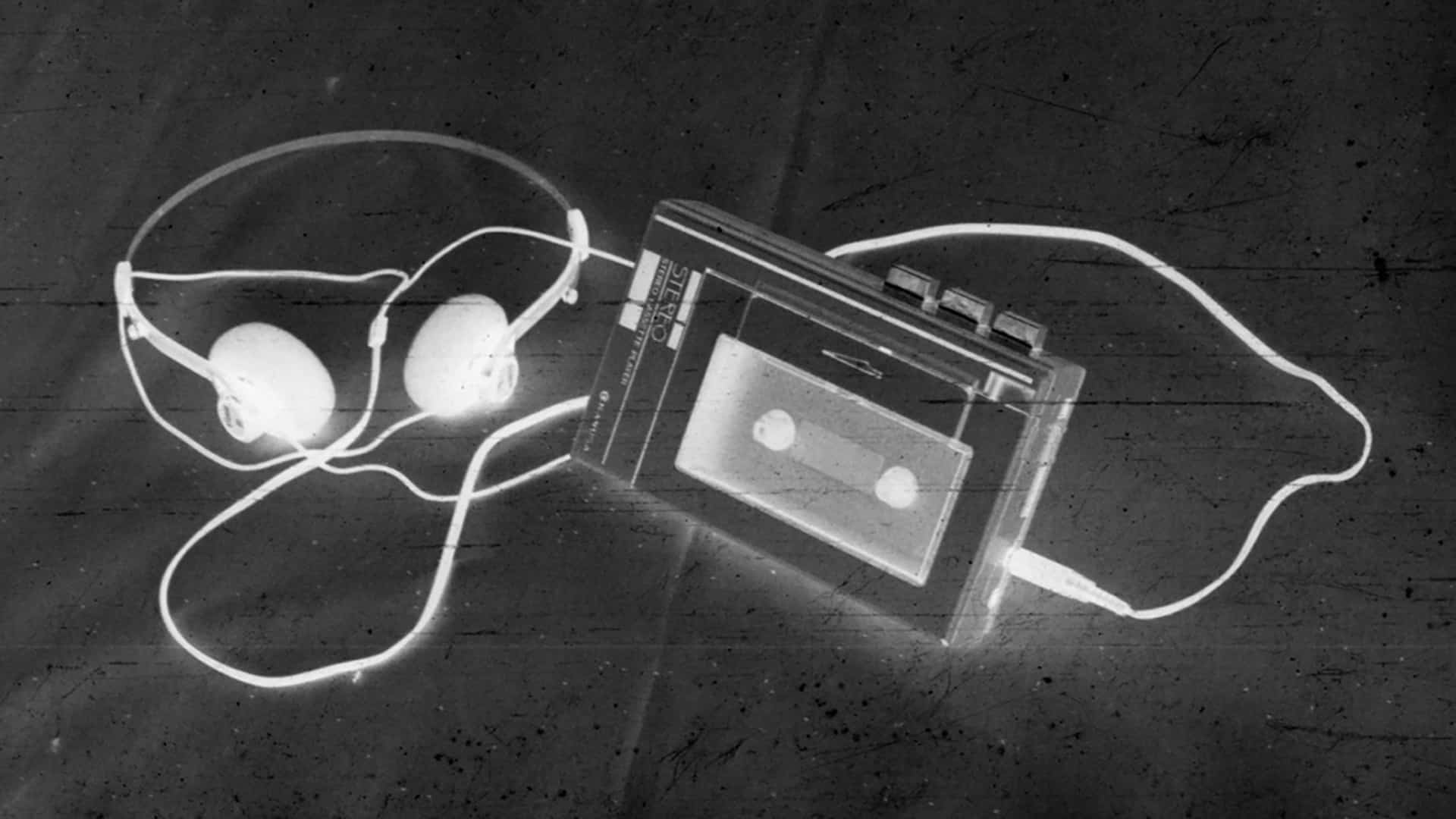Thomas Sauvin is one of the recurring names in today’s vernacular photography. This French artist and long-time resident of China has given new life to negatives found in a landfill in northern Beijing through daring exhibitions and publications. A sprawling project that enables viewers to discover photographs of anonymous people from the Middle Kingdom.

You’re getting blind.
Don’t miss the best of visual arts. Subscribe for $9 per month or $108 $90 per year.
Already suscribed ?



